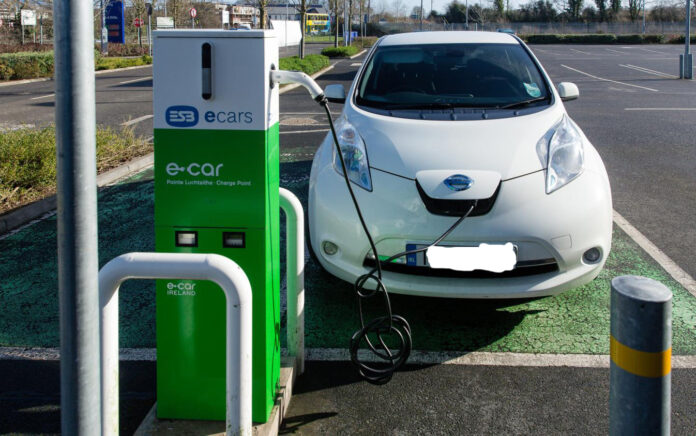
Q: I recently bought an electric car and had a home charger installed. There is a box that is attached to the wall of the house and a long cable that plugs into the vehicle itself. We can fit one car just outside our door and the other on the street. However I am slightly worried that the charging cable is a bit unwieldy and might be a tripping hazard to delivery people or visitors. What responsibilities do I have in respect of delivery people or visitors, should an incident occur as a result of the unwieldy charger?
Dear Reader,
This would greatly depend on your circumstances. If the vehicle is parked in ‘your’ driveway, the Occupiers Liability Act would be of some assistance. This provides that you as owner must take such care as is reasonable with regard to a visitor to your property. The Act sets out various items which should be considered, such as the probability that the cable might cause an injury, the severity that the injury might cause, the cost of preventative measures, and so on.
If you are concerned that the charging cable located entirely on your property poses a real risk, there are various cable protectors or signs that could be placed on the cable to warn of the risk, especially overnight.
That said, if the cable is neatly coiled on your property, and away from where visitors might walk, you should not be too concerned. Every house layout is different, so you should review the situation carefully.
If you do not have parking on your property and must run the cable across or to a public road or path, you should take greater care. If you place a “hazard” on public property, you would owe a much higher duty of care.
At present, there are no specific by-laws with regard to EV Charging cables from private residential lands to public streets, although a public consultation has recently completed.
Limerick City and County Council have noted that there are substantial safety and insurance concerns to charging cables running across public streets, even where cable mats/coverings and gullies are used to alleviate the risk.
In other parts of the county, ‘charging arms’ have been installed in various residential properties. A charging arm is a structure that allows a charging cable to be extended over the street, thereby substantially removing any risk of a pedestrian tripping on the cable. However, various councils have indicated that this is a structure that would require planning permission.
You should ensure that the cable is placed only on your drive (that is, property that you own). If you do not have the ability to park and charge entirely on your own property, you should take very great care in running cables along public streets and roads.


